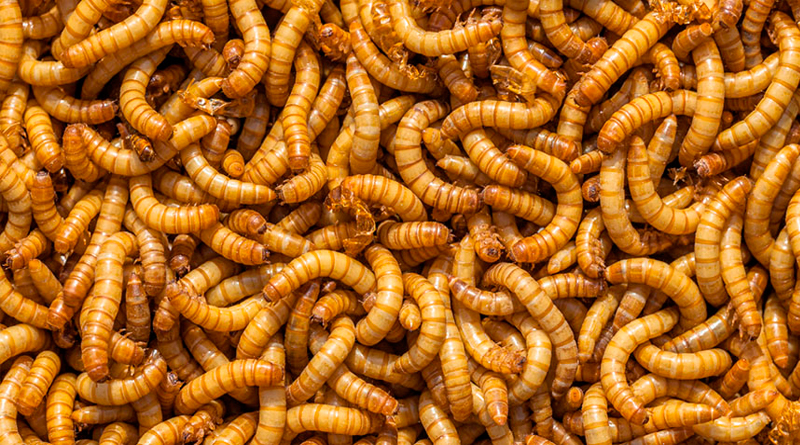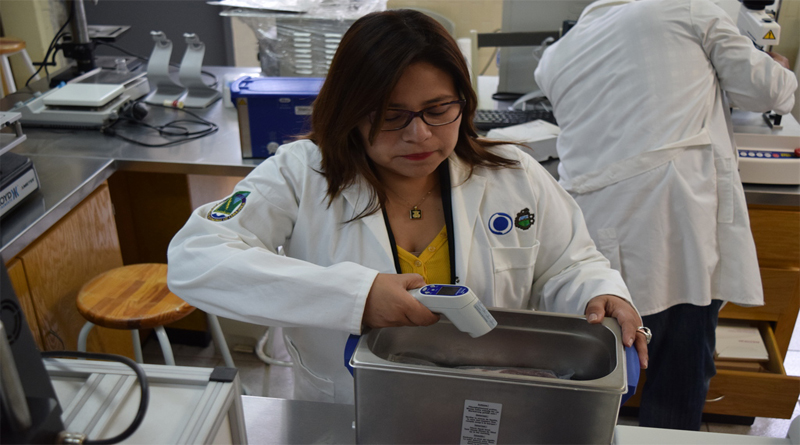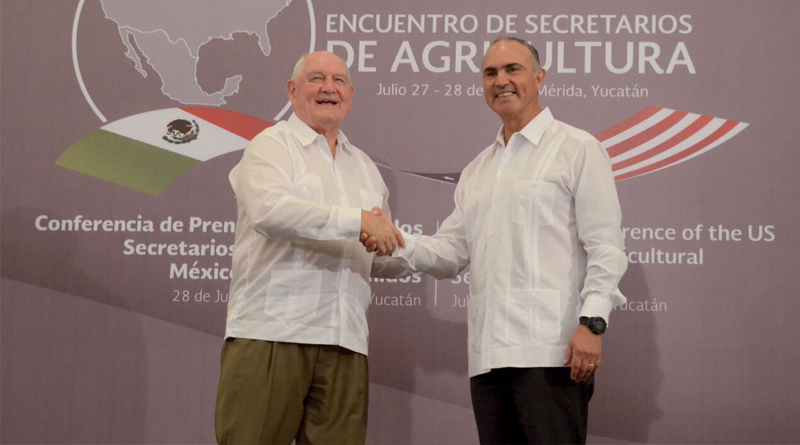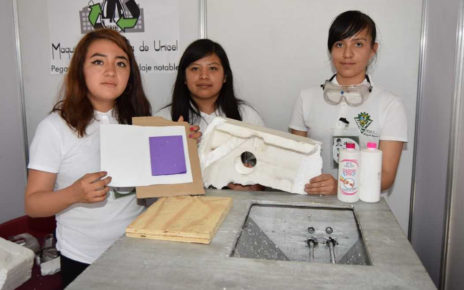Consumer acceptance of insect protein is increasing, and researchers at Wageningen University & Research have come up with a way to make it even more nutritious. Wageningen scientists found that exposing mealworms to ultraviolet b (UVb) radiation increased their vitamin D concentration significantly—to the point where it was 60 times higher than unexposed specimens. Results of the study appeared recently in the journal Scientific Reports.
According to the study authors, synthesis of vitamin D in insects had not previously been investigated. Researcher Dennis Oonincx of the Animal Nutrition Group at Wageningen says he had studied vitamin D synthesis in a number of vertebrate species and began to wonder if insects exposed to UVb could synthesize it.
The scientists began by exposing four insect species (migratory locusts, house crickets, black soldier fly larvae, and yellow mealworms) to different levels of UVb radiation and testing their vitamin D concentrations. All of the insect species, with the exception of the black soldier fly, had strongly increased vitamin D levels, with the increased level in the mealworms particularly significant—and similar to the amounts found in other good dietary sources of vitamin D such as salmon, tuna, and mackerel.
“This study shows that insects can synthesize vitamin D … and that the amounts depend on UVb irradiance and exposure duration,” the authors wrote. Adds Oonincx, “The next step will be determining what vitamin D does in insects (i.e., in terms of metabolism and function).”
Insect producers could incorporate UVb exposure into their production processes with a relatively minimal investment, Oonincx says. “Special units for large-scale systems might be up to a few thousand euros; for small systems, it could be less than €100,” he notes.
Source: IFT









